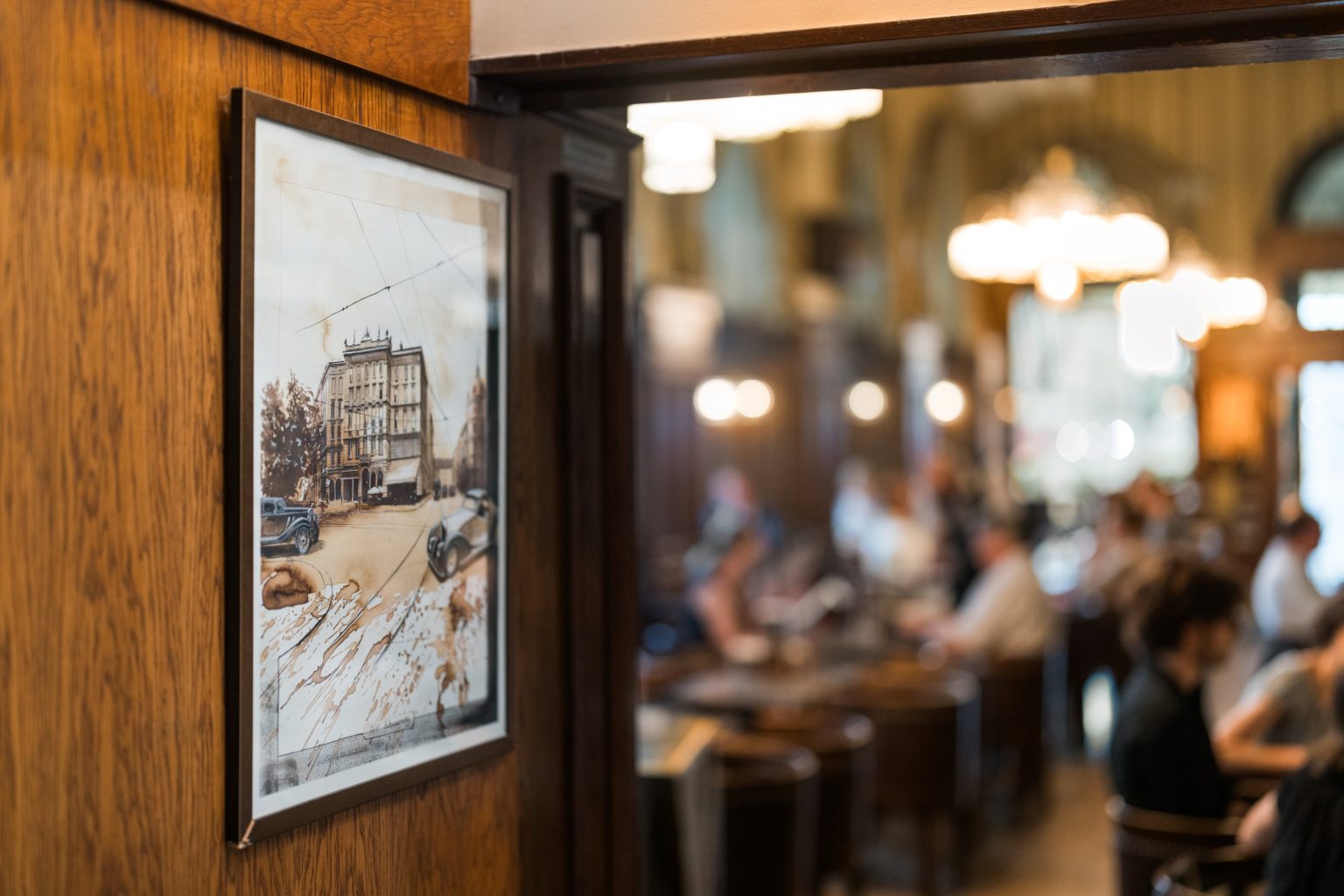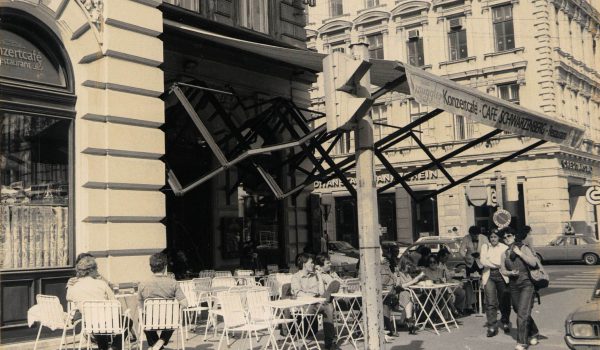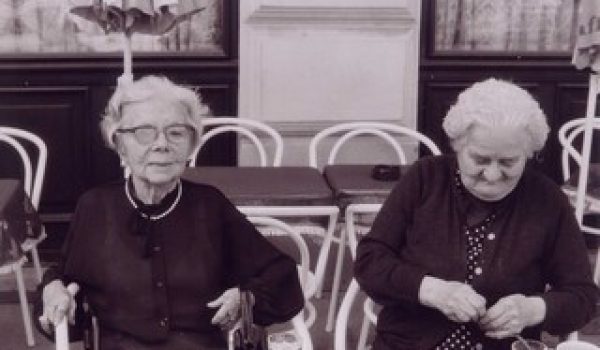
The history
of Vienna's coffee house culture
The history of Viennese coffee house culture dates back to 1683, when the second Turkish siege of Vienna took place. The spoils of war that were left behind were a real treasure. Among exotic animals and unknown products there were also sacks full of coffee beans. These were chosen by some men, mainly Greeks and Armenians, as a reward for imperial service, because they already knew the popularity of this drink. After all, coffee houses already existed in Venice, London, Marseilles or Constantinople. With the knowledge and business foresight of these men, a new era was born for Vienna. Little by little, establishments began to appear under the name of Viennese coffee house and became a popular meeting place.
But few people came to the coffee house just to drink coffee. Rather, it was a place of inspiration, communication and relaxation. Whether comparing the reports of the newspapers on offer, holding appointments with business partners, organising one’s thoughts or finishing the evening with friends and acquaintances over a game of billiards or chess – the coffee house was like a second home for many.


Schani, trag'n Garten aussi
In the summer months, fewer people went to the coffee houses. In order to still make sales, a few coffee houses set up so-called „lemonade tents“ and offered refreshing drinks there. Around 1750, a café owner on the Graben was given permission to set up a few tables and chairs in front of the coffee house.
This was the birth of the Schanigarten. In 1825, the first classic Schanigarten was built with tables, chairs and potted plants. Since then, as soon as the temperature rises, the motto is: „Schani, trag’n Garten aussi!“ (Schani, set up the garden). Schani was the name for a subordinate helper, the lowest-ranking of the staff. And when this call was heard, the Schani would place the wooden boxes with green plants as well as tables and armchairs on the pavement in front of the coffee Shop.
Women conquer the coffee house
The Schanigarten also allowed women, who were previously not tolerated in the coffee houses, to participate in the hustle and bustle of the coffee houses, albeit outside.
Women were not allowed to enter a coffee house until 1840. At first, only women were served who came accompanied by their husbands. The occasions were usually soirées or balls, where you could bring the evening to a pleasant close. At that time, when a woman was seen alone in a coffee house and was still served she was officially tolerated as someone looking to meet men. Only gradually did it become common practice for women to meet up to play cards and gossip.
The history of Café Schwarzenberg
In 1861, the most beautiful boulevard in Europe was being built. This was also the time when a tenement building of Albrecht Zeppezauer (silk manufacturer and K&K purveyor to the court) was constructed, in which Mr and Mrs Hochleitner opened a café. Café Schwarzenberg has had the same name since it was taken over by Josef Menschl in 1902. Before that, it was called Café Hochleitner and Café Sperrer, among other names. From 1939 until the end of the war, the name was briefly changed. During this time it was run as Café Deutschland. After 1945 Soviet Army officers occupied the premises for their events, during one of them they destroyed the furnishings with bullets. One relic of this time was kept until the renovations in 1979 – a mirror whose cracks and bullet holes were decorated with vines and floral designs, making a virtue out of necessity.
In 1978 the owner of Café Schwarzenberg (Kom. Rat. Waltersam) was planning to close it down and sell the premises to a car dealership. The former councilor of culture and then mayor Dr Zilk managed to spare Café Schwarzenberg from this fate. In 1979, Café Schwarzenberg was thoroughly renovated and modernised, and in 1980 it was ceremoniously reopened by the new leaseholder. Although Café Schwarzenberg was never a coffee house of artists and literary figures, it did have a famous regular customer who stayed loyal for years: the architect Josef Hoffmann, founder of Wiener Werkstätte, would be dropped off at lunchtime by his chauffeur and came here to eat, read the daily papers or put his ideas to squared paper (Quatratel Hoffmann). Many of his extraordinary designs were created at the Schwarzenberg. Other famous people, such as the painter Hermann Nitsch or the Burg theatre actress Adrienne Gessner and important individuals from politics and industry, also visited the coffee house.
Today Café Schwarzenberg is one of the last Ringstraße cafés, of which there were once more than 30, that continues the typical atmosphere and tradition of a Viennese Café. According to the Austrian Federal Monuments Office, Café Schwarzenberg still features some major design elements that can be traced back to the refurbishment of the café during the inter-war period. This particularly applies to the corner room to the left of the entrance and the ladies‘ toilet. The walls of the almost square corner room have the original marble cladding, two different types of marble were used. Light and strongly modified surfaces are bordered by dark almost homogeneous black stone. The ceiling is decorated with a delicate mosaic-like panelling with coloured frosted glass plates and gold plating. The square tables with tops made from hammered brass are also part of the original inventory. In walls of the ladies‘ toilet are panelled with black marble and have integrated mirrors with white stone frames. Both ceiling and floors still have the coverings from the twenties. The decoration of both rooms is based on the effect produced by the fine materials such as marble, mirrored glass and brass.
The interior design is typical for the period between the wars. In Vienna, such interior design can ultimately be traced back to Adolf Loos, whose Café Capua at Johannesgasse 3, which he designed in 1913, is probably the most prominent such example. The above described interior design of Café Schwarzenberg is thus one of the last examples of architectural design influenced by the work of Adolf Loos, featuring top quality craftsmanship.
